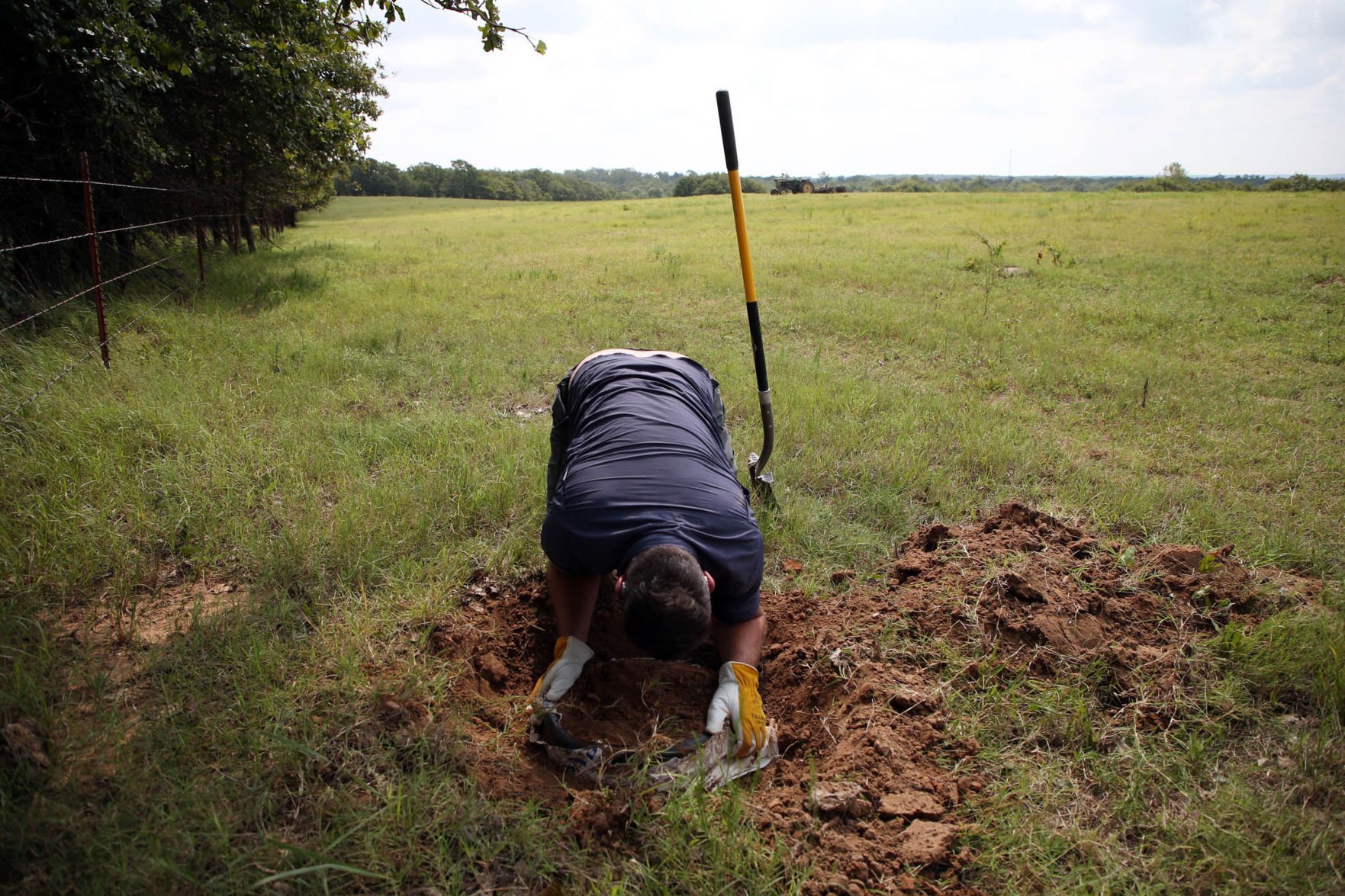

In 1960, in the newly established Kašperské Hory seismic station which was hidden deep within the tunnels of an abandoned gold mine, scientists installed these narrow-frequency instruments along with photo development rooms, precisely synchronized clocks, and staff offices. But, the avant-garde instrumentation could only record over a narrow frequency range. The scribbles left behind record the motion of your left hand, similar to a seismograph recording the horizontal component of Earth's motion.Įlectromagnetic seismometers improved many facets of seismology, replacing the early, giant mechanical instruments. Then, move the paper back and forth with your left hand, without moving the pencil. When an earthquake struck, the pendulum stayed motionless as the frame and recording mechanism (like a piece of paper) moved. Imagine holding a pencil in your right hand with the tip touching a piece of paper on the table. However, in the early 20th century, seismic measurements were made mostly by mechanical instruments consisting of a heavy, nearly stationary pendulum with a stylus attached to the bottom, enclosed in a frame. Geological Survey scientists Adam Ringler and Patrick Bastien. This requires bandwidths ranging from hundreds of Hertz to periods of 80,000 seconds, according to a recent paper published by U.S. Today, we may take for granted that seismic stations-particularly those in the Global Seismographic Network -have sensors that detect frequencies ranging from high-frequency ground motions produced by nearby earthquakes to very slow oscillations of the entire globe. Kašperské Hory's seismic station, known as station KHC, became the birthplace for broadband seismology. Quiet Kašperské Hory, devoid of the cultural seismic noise that people produce as they go about their day (with the exception of military activity), proved to be an ideal location for both nuclear surveillance, and for germinating new ideas, as described by Petr Kolář in a recent paper published in Seismological Research Letters. and its allies established a network of seismometers around the world in part to keep tabs on Soviet nuclear capabilities, while the Soviet government needed a seismic station located as west as possible to help track U.S. The Cold War marked the proliferation of nuclear weapons and testing, with both sides monitoring detonation of nuclear devices via seismology-one of the only ways to reliably identify underground nuclear explosions across the globe.The U.S. Because Kašperské Hory resided near this zone, the newly installed Czech inhabitants were resettled elsewhere and the the military moved in. A military “no-go” zone was established to separate Western Europe from Eastern Bloc countries that were controlled by the communist Soviet government, like Czechoslovakia. With the onset of the Cold War, Kašperské Hory sat near the border separating a politically divided Europe. After the war, Kašperské Hory was returned to Czechoslovakia, and the German population was in turn expelled and replaced by Czech citizens.

In the years before World War II, Germany annexed parts of the country of Czechoslovakia, including this mountain region, which resulted in expulsion of non-German inhabitants. By the 18th century, industries like glassmaking and lumber had replaced mining, and the town gradually became a small social center of a few thousand mostly German inhabitants. Eventually, gold extraction decreased, as did Kašperské Hory’s prominence. During medieval times, the settlement flourished, with prolific gold mines tucked into the mountains. In the Šumava Mountains of the South Bohemian region of the Czech Republic, the town of Kašperské Hory nestles in the dense forest (Figure 1). A brief history of the very first broadband seismic station


 0 kommentar(er)
0 kommentar(er)
